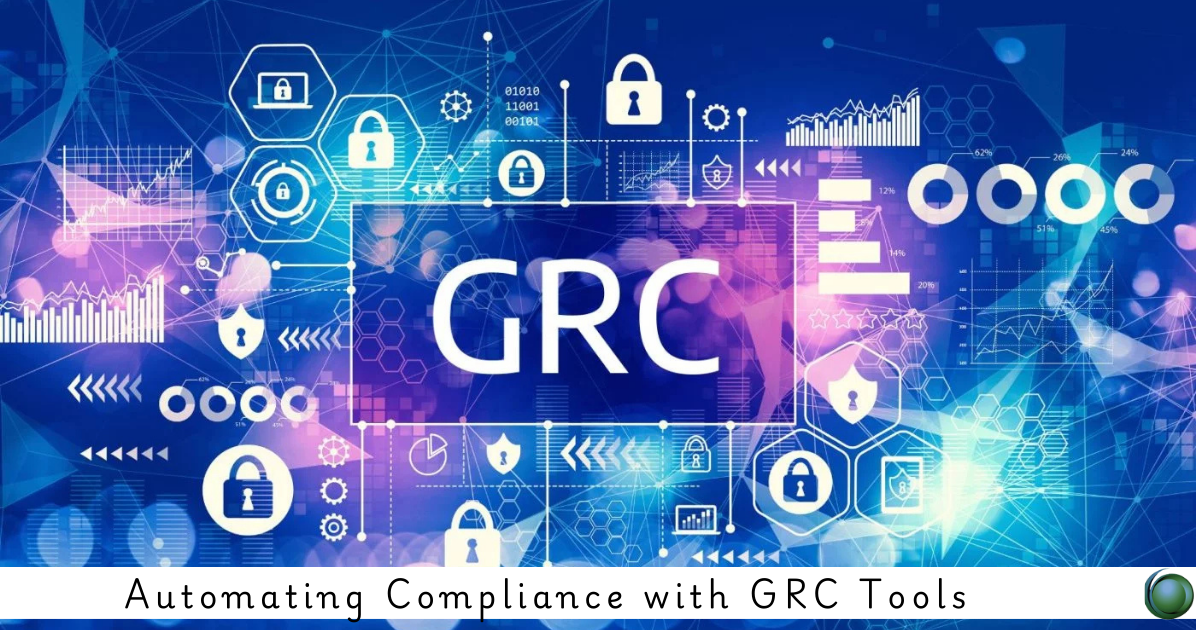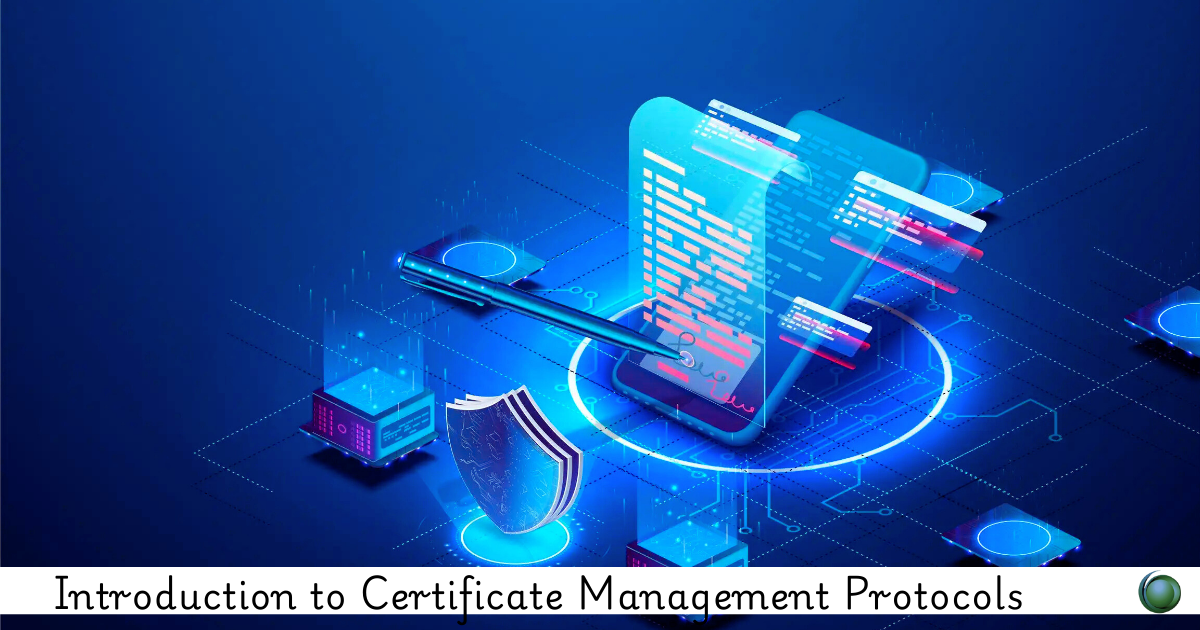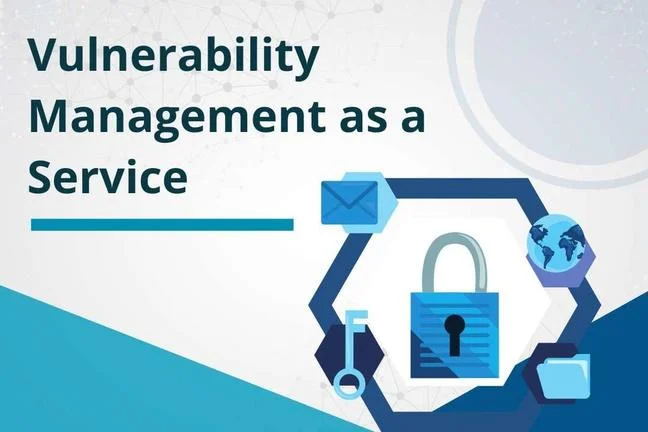Description
Introduction
Compliance management is a critical component of organizational success, especially with ever-changing regulatory landscapes. Automating compliance processes with Governance, Risk, and Compliance (GRC) tools allows businesses to maintain regulatory requirements with ease, reduce human error, and increase efficiency. This course focuses on automating compliance workflows using GRC tools to ensure real-time compliance management, reduce manual interventions, and streamline the audit process.
Prerequisites
Participants should have:
- Basic understanding of Governance, Risk, and Compliance (GRC) concepts
- Familiarity with compliance regulations in their respective industry (e.g., GDPR, HIPAA, SOX)
- Knowledge of process automation principles (optional)
Table of Contents
- Introduction to GRC Tools for Compliance Automation
1.1 What is Compliance Automation?
1.2 The Role of GRC Tools in Compliance Automation
1.3 Benefits of Automating Compliance Processes - Understanding Compliance Requirements
2.1 Key Compliance Regulations and Frameworks (GDPR, HIPAA, SOX, etc.)
2.2 Mapping Organizational Compliance Needs to GRC Tools
2.3 Customizing GRC Tools for Specific Compliance Goals - Automating Compliance Workflows with GRC Tools
3.1 Defining Compliance Tasks and Triggers for Automation
3.2 Automating Data Collection and Reporting for Compliance
3.3 Scheduling and Automating Compliance Audits and Reviews - Integrating Compliance Automation with Risk Management
4.1 Connecting Compliance and Risk Management in GRC Tools(Ref: GRC Tool Implementation: Best Practices and Strategies)
4.2 Real-Time Compliance Monitoring and Risk Mitigation
4.3 Automated Alerts and Notifications for Non-Compliance Issues - Creating and Managing Compliance Dashboards
5.1 Designing Dashboards for Real-Time Compliance Monitoring
5.2 Configuring Automated Reports for Regulatory Bodies
5.3 Using Dashboards for Compliance Tracking and Audits - Automating Compliance Audits and Documentation
6.1 Automating Documentation of Compliance Efforts
6.2 Streamlining Audit Trails with GRC Tools
6.3 Integrating Audit Documentation into Compliance Reports - Ensuring Continuous Compliance through Automation
7.1 Monitoring and Updating this Rules
7.2 Integrating External Compliance Regulations into GRC Tools
7.3 Leveraging GRC Tools for Continuous Compliance Assurance - Overcoming Challenges in Compliance Automation
8.1 Addressing Data Privacy and Security Concerns in Automation
8.2 Managing Tool Integration with Existing IT Systems
8.3 Overcoming Resistance to Automation in Compliance Teams - Future of Compliance Automation with GRC Tools
9.1 Artificial Intelligence (AI) and Machine Learning in Compliance Automation
9.2 Predictive Compliance and Risk Management
9.3 The Role of Blockchain in Compliance Automation
Automating compliance using GRC tools provides organizations with a more efficient, accurate, and scalable way to handle complex compliance requirements. By automating workflows, reporting, and audits, businesses can stay ahead of regulatory changes and reduce manual workloads, ultimately ensuring continuous compliance. This course will equip you with the skills necessary to implement and optimize this strategies using GRC tools, empowering your organization to maintain a strong compliance posture.






Reviews
There are no reviews yet.